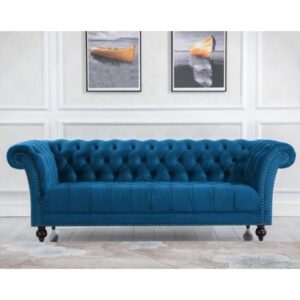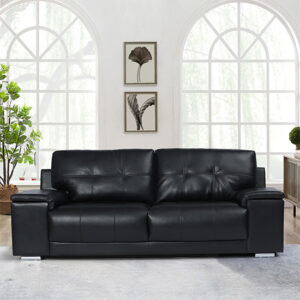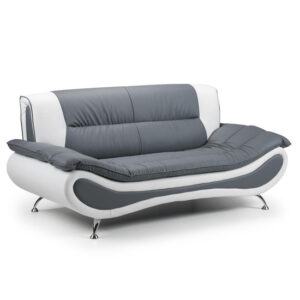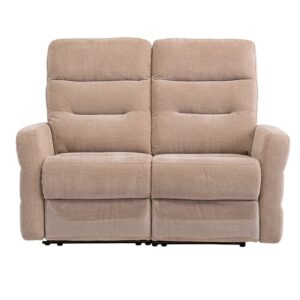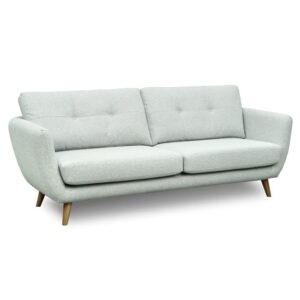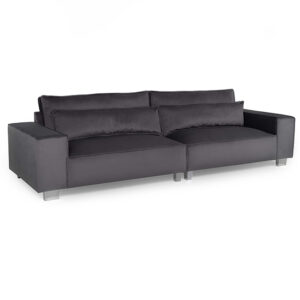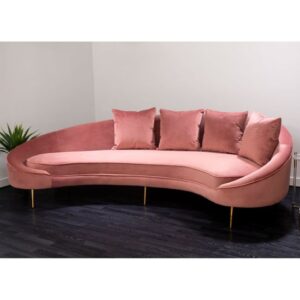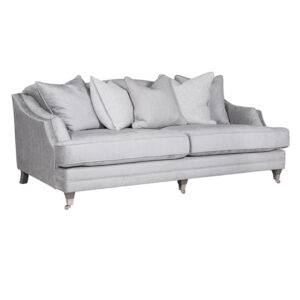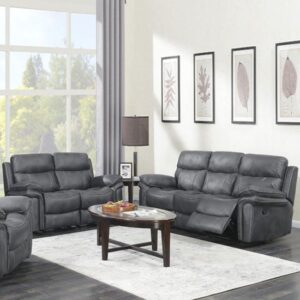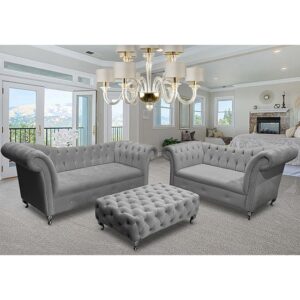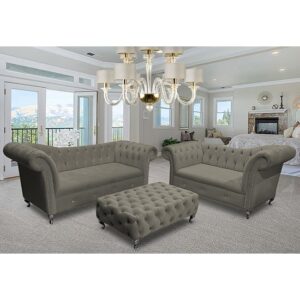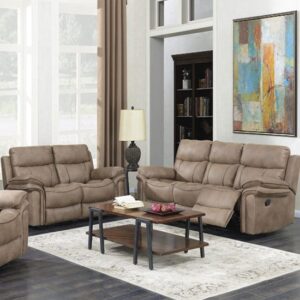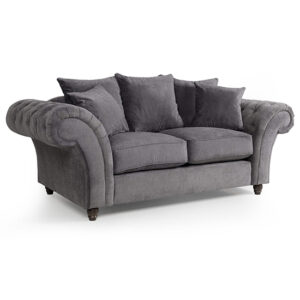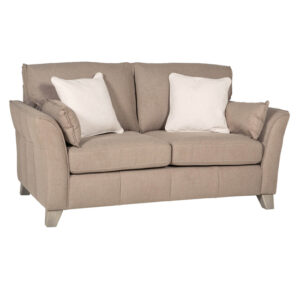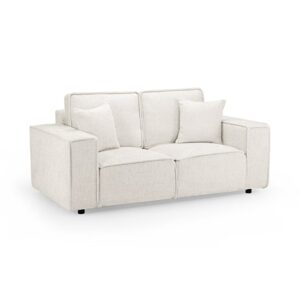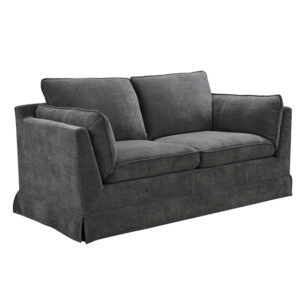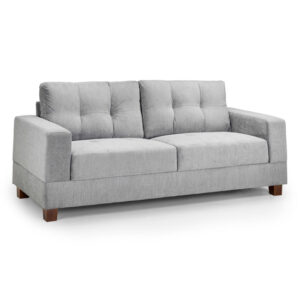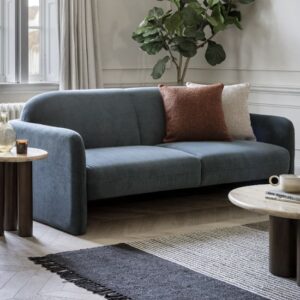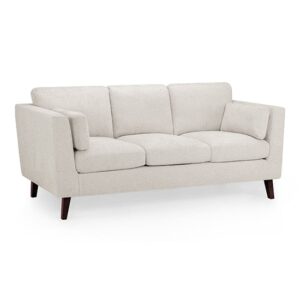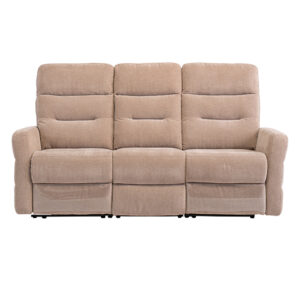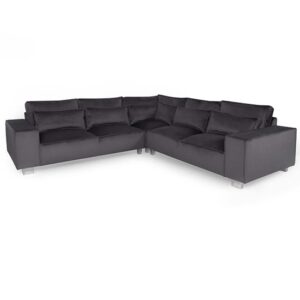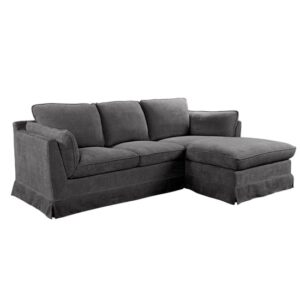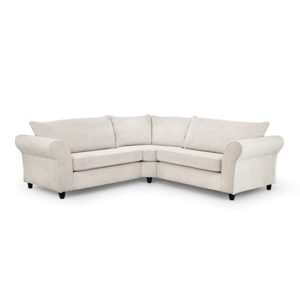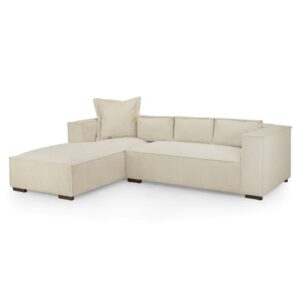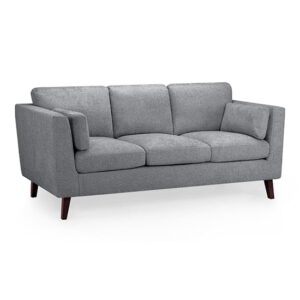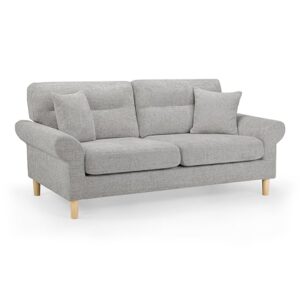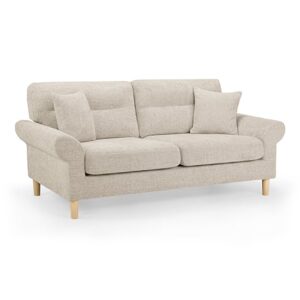Choosing a Sofa for Lasting Comfort and Quality
Choosing a sofa for lasting comfort and quality can be a difficult task. With so many different styles, fabrics, and features to choose from, it can be overwhelming to determine which sofa is right for you. However, with a little research and understanding of what to look for, you can purchase a sofa that will provide years of comfort and satisfaction.
2 Seater Sofas
-
- Sale!
- 3 Seater Sofas, Fabric 3 Seater Sofa
Chanter Fabric 3 Seater Sofa In Midnight Blue
-
£1,529.95£849.95 - More Info
-
- Sale!
- Leather 3 Seater Sofa
Kensington Faux Leather 3 Seater Sofa In Black
-
£1,494.95£649.95 - More Info
-
- Sale!
- Leather 3 Seater Sofa
Nonoil Faux Leather 3 Seater Sofa In White And Grey
-
£1,349.95£749.95 - More Info
-
- Sale!
- 2 Seater Sofas, Fabric 2 Seater Sofa
Mila Fabric Electric Recliner 2 Seater Sofa In Mink
-
£1,583.95£879.95 - More Info
For more 2 seater sofas, <<click here>> Superb options to Loaf, Swoon or Next 2 Seater Sofas
When selecting a sofa, the first thing to consider is your lifestyle. If you have young children or pets, you’ll want to look for a sofa with durable fabric and construction. Also, consider how often the sofa will be used. If it’s a main seating area in your home or a place for guests to sit, you’ll want to invest in a higher-quality sofa that will last for years.
Next, consider the size and shape of the sofa you need. Measure the space you plan to put the sofa in and determine if you need an armless, loveseat, sectional, or other style of sofa. When measuring the space, be sure to factor in how far the sofa will stick out from the wall. This will help you determine how much seating space you’ll have and if you’ll need to purchase additional chairs or ottomans.
4 Seater Sofas
-
- Sale!
- 4 Seater Sofas
Scaly Fabric 4 Seater Sofa In Grey
-
£1,475.95£819.95 - More Info
For more 4 seater sofas, <<click here>>
Now it’s time to think about the type of fabric you’d like. The most common types of fabric are leather, microfiber, and linen. Leather is the most durable, however, it can be expensive. Microfiber is a good option if you’re looking for something that is stain-resistant and easy to clean. Linen is a classic, yet timeless option that is available in many colors and textures.
Look for a sofa with quality construction. It’s important that the frame of the sofa is sturdy and constructed from hardwood or metal. Also, inspect the joints and make sure they are secured with staples or screws. Additionally, look for a sofa with good cushioning. The cushions should be thick and supportive, and they should be filled with a high-quality foam or other cushioning material.
By following these tips, you can choose a sofa that will provide lasting comfort and quality for years to come. Be sure to take your time in selecting the perfect sofa for your home and lifestyle. With the right research, you can find a sofa that will provide you with years of satisfaction.
Sofa Suites
For more sofa suites, <<click here>>
When shopping for a sofa, it’s also important to consider the color and pattern of the fabric. Darker colors and neutral tones are ideal if you want the sofa to stand out in the room, while lighter colors and patterns can help tie the room together. Also, consider the design of the sofa. Sleek and modern designs can give any room an updated look, while traditional and classic designs can provide a timeless feel.
When purchasing a sofa, you’ll also want to consider the cost. Quality sofas can be expensive, so it’s important to shop around to find the best deal. Look for sales and discounts, and don’t be afraid to negotiate for a better price. If you’re buying online, read customer reviews to learn about the quality of the product.
Finally, it’s important to take care of your sofa. Vacuum it regularly to remove dirt and debris, and spot clean when necessary. Avoid using harsh chemicals on the fabric, as this can cause damage. Additionally, consider using throws and furniture covers to protect the fabric from wear and tear.
By following these tips, you can choose a sofa that will provide lasting comfort and quality for years to come. With the right research and understanding of what to look for, you can find a sofa that will fit your lifestyle and budget. So take the time to shop around and find the perfect sofa for your home.
What is a fabric sofa?
A fabric sofa is a type of sofa upholstered in fabric fibers such as cotton, wool, or synthetic materials. Unlike a leather sofa, fabric sofas are not made with animal hide and are usually more affordable. Fabric sofas come in a wide variety of styles and colours and can be customized to fit any room. Fabric sofas are typically softer and more comfortable than leather sofas and can last for many years with proper care.
-
- Sale!
- 2 Seater Sofas, Fabric 2 Seater Sofa
Haimi Fabric Sofa 2 Seater Sofa With Wooden Legs In Grey
-
£1,187.95£659.95 - More Info
-
- Sale!
- 2 Seater Sofas, Fabric 2 Seater Sofa
Jekyll Fabric 2 Seater Sofa In Biscuit With Cushions
-
£1,367.95£759.95 - More Info
-
- Sale!
- 2 Seater Sofas, Fabric 2 Seater Sofa
Mack Fabric 2 Seater Sofa In Cream With Black Wooden Feets
-
£1,385.95£769.95 - More Info
-
- Sale!
- 2 Seater Sofas, Fabric 2 Seater Sofa
Aarna Fabric 2 Seater Sofa In Charcoal
-
£1,529.95£849.95 - More Info
When selecting a fabric sofa, it’s important to consider your lifestyle and how the sofa will be used. For instance, if you have young children or pets, you’ll want to look for a sofa made with durable fabrics and construction. You may also want to consider how often the sofa will be used, as this will determine how much wear and tear it will experience. If it’s a main seating area in your home or a place for guests to sit, you’ll want to invest in a higher-quality sofa that will last for years.
Once you’ve determined the style and function of the sofa, it’s time to consider the type of fabric you’d like. Common fabrics for sofas include leather, microfiber, and linen. Leather is the most durable, however it can be expensive. Microfiber is a good option if you’re looking for something that is stain-resistant and easy to clean. Linen is a classic, yet timeless option that is available in many colours and textures.
When choosing a fabric sofa, you’ll also want to consider the size and shape. Measure the space you plan to put the sofa in and determine if you need an armless, loveseat, sectional, or other style of sofa. When measuring the space, be sure to factor in how far the sofa will stick out from the wall. This will help you determine how much seating space you’ll have and if you’ll need to purchase additional chairs or ottomans.
-
- Sale!
- 3 Seater Sofas, Fabric 3 Seater Sofa
Jerri Fabric 3 Seater Sofa In Grey
-
£1,151.95£639.95 - More Info
-
- Sale!
- 3 Seater Sofas, Fabric 3 Seater Sofa
Alto Fabric 3 Seater Sofa In Beige With Wooden Legs
-
£1,475.95£819.95 - More Info
When it comes to a fabric sofa’s construction, look for a sofa with quality craftsmanship. The frame should be sturdy and constructed from hardwood or metal. Also, inspect the joints and make sure they are secured with staples or screws. Additionally, look for a sofa with good cushioning. The cushions should be thick and supportive, and they should be filled with a high-quality foam or other cushioning material.
Finally, think about the colour and pattern of the fabric. Darker colours and neutral tones are ideal if you want the sofa to stand out in the room, while lighter colours and patterns can help tie the room together. Also, consider the design of the sofa. Sleek and modern designs can give any room an updated look, while traditional and classic designs can provide a timeless feel.
By taking the time to consider your lifestyle and the type of fabric, size, and style you’d like, you can choose a fabric sofa that will provide years of comfort and satisfaction. With the right research, you can find a sofa that will fit your lifestyle and budget. So take the time to shop around and find the perfect fabric sofa for your home.
When it comes to choosing a sofa for your home, fabric sofas are one of the most popular options. They come in a wide variety of styles, colours and patterns, and can easily be customised to fit any room. However, before you make the purchase, it’s important to understand the advantages and disadvantages of a fabric sofa.
Advantages of a Fabric Sofa
1. Comfort: Fabric sofas are extremely comfortable and cozy, making them a great option for lounging around and watching TV. The fabric is soft to the touch and provides plenty of cushioning, allowing you to relax in complete comfort.
2. Versatility: Fabric sofas come in a wide variety of colours, patterns and styles, which makes them highly versatile. Whether you’re looking for a modern or traditional look, there’s sure to be a fabric sofa that will fit your needs.
3. Durability: Fabric sofas are generally quite durable and can last for many years if properly cared for. They’re also able to withstand wear and tear much better than other types of sofas, such as leather.
-
- Sale!
- 3 Seater Sofas, Fabric 3 Seater Sofa
Alto Fabric 3 Seater Sofa In Grey With Wooden Legs
-
£1,475.95£819.95 - More Info
-
- Sale!
- 3 Seater Sofas, Fabric 3 Seater Sofa
Alto Fabric 3 Seater Sofa In Beige With Wooden Legs
-
£1,475.95£819.95 - More Info
-
- Sale!
- 3 Seater Sofas, Fabric 3 Seater Sofa
Fairfax Fabric 3 Seater Sofa In Silver With Oak Wooden Legs
-
£1,475.95£819.95 - More Info
-
- Sale!
- 3 Seater Sofas, Fabric 3 Seater Sofa
Fairfax Fabric 3 Seater Sofa In Beige With Oak Wooden Legs
-
£1,475.95£819.95 - More Info
Disadvantages of a Fabric Sofa
1. Maintenance: Fabric sofas do require some maintenance in order to keep them looking their best. They must be vacuumed regularly, and spills and stains must be cleaned up quickly in order to prevent them from setting in and staining the fabric.
2. Cost: Fabric sofas tend to be more expensive than other types of sofas, such as leather or microfibre. This is because they require more material in order to make them, which raises the cost.
3. Allergens: Fabric sofas can attract dust, pet dander and other allergens, which can be a problem for those with allergies. To reduce the amount of allergens, it’s important to vacuum your sofa regularly and use a hypoallergenic fabric protector.
Summary
As you can see, fabric sofas have both advantages and disadvantages. Before making a purchase, be sure to weigh the pros and cons to find the best option for your needs. With proper care and maintenance, a fabric sofa can provide years of comfort and style to your home.
Next Blog Post >> What Wall Colour Goes With Dark Sofas?

